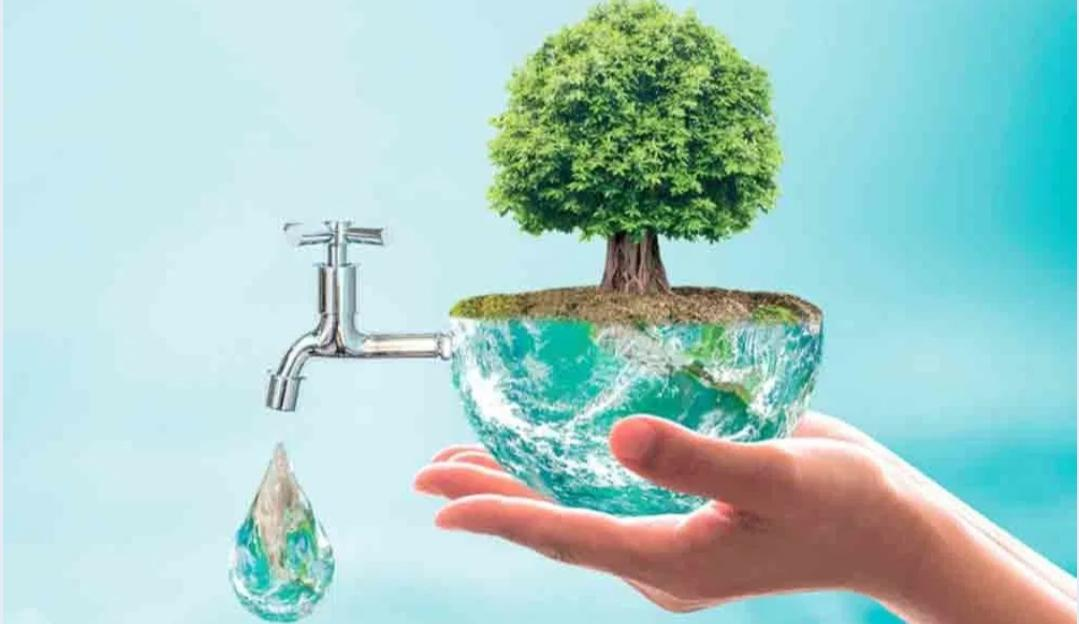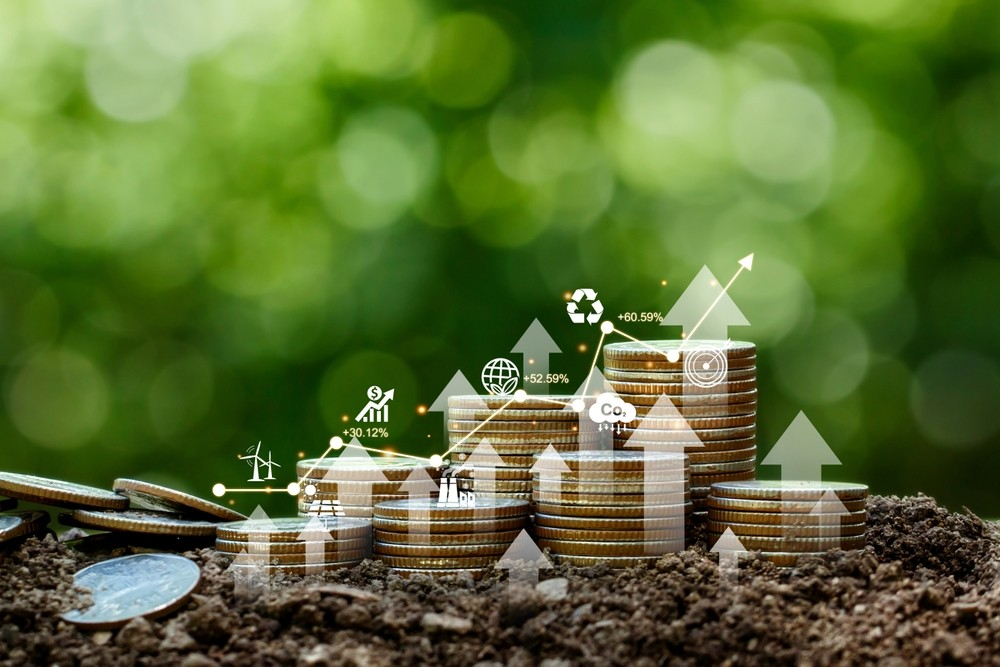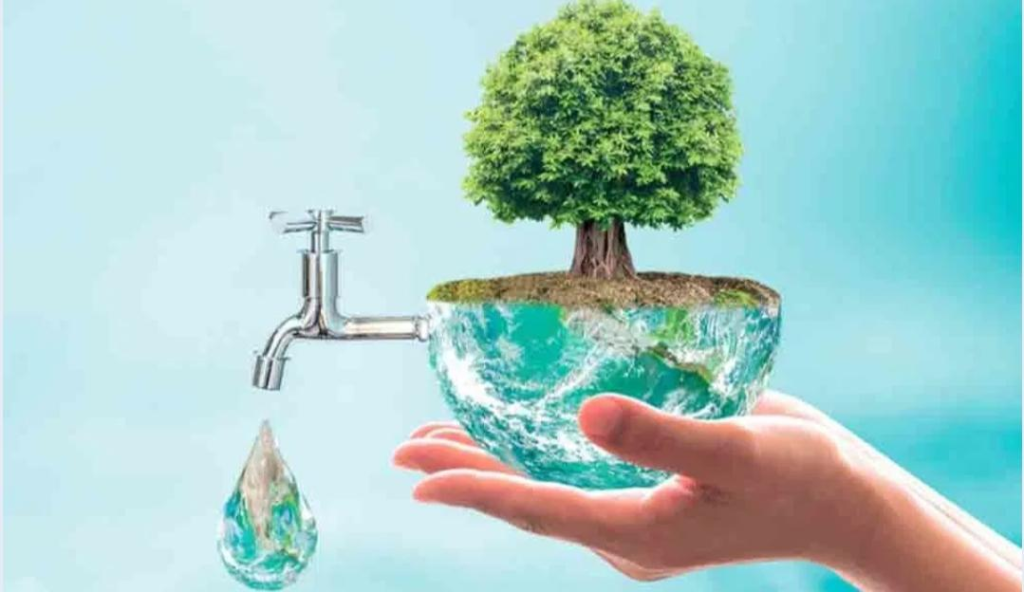In the fast-paced world of real estate, where profit margins and speed often take precedence, one name stands out for taking a radically different approach—U Wang Young. Based in Singapore, U Wang Young is a forward-thinking entrepreneur who has built a reputation not just for luxury developments and tourism-centric projects, but for championing sustainability in every venture he undertakes.
As cities become denser and environmental crises loom larger, sustainability in real estate is no longer optional—it is essential. This is precisely where U Wang Young’s philosophy shines. In this article, we dive deep into why U Wang Young prioritizes sustainability in all his real estate projects and how that mindset is influencing a new generation of developers across Asia.
The Origins of a Sustainable Vision
Before transforming skylines, U Wang Young was transforming ideas—starting with his own.
A Background Rooted in Responsibility
Born and raised in Singapore, a city known for balancing urban growth with green initiatives, U Wang Young grew up with a unique appreciation for smart urban planning. Educated in both business and environmental science, he began his career in real estate development with a strong foundation in ecological responsibility.
Early Influences That Shaped His Values
Travel played a significant role in shaping U Wang Young’s outlook. During his formative years, he visited eco-friendly resorts in Bali, energy-efficient commercial buildings in Copenhagen, and community-focused housing in Kyoto. These experiences instilled a belief that real estate could—and should—serve a higher purpose.

Why Sustainability Matters in Real Estate Today
The real estate sector is a key contributor to global emissions and resource consumption. Developers like U Wang Young are now being called upon to be stewards of the planet.
The Environmental Cost of Conventional Development
Traditional real estate development often involves deforestation, high carbon footprints, and unsustainable water usage. These practices have long-term repercussions on biodiversity, air quality, and the livability of urban environments.
The Economic and Social Advantages of Going Green
Contrary to popular belief, sustainable projects are not just good for the planet—they’re good for business. Energy-efficient buildings reduce long-term costs, attract premium tenants, and have higher resale value. Moreover, communities built with sustainability in mind tend to foster stronger social cohesion and wellbeing.
U Wang Young’s Green Development Framework
Rather than relying on buzzwords or marketing gimmicks, U Wang Young has created a systematic framework for ensuring sustainability in his real estate portfolio.
Green Architecture and Eco-Friendly Materials
All of U Wang Young’s developments prioritize the use of sustainable materials—like recycled steel, bamboo, and low-VOC paints. His architectural designs also incorporate natural light and ventilation, reducing dependency on artificial climate control.
Smart Energy Management Systems
Each property includes integrated solar panels, intelligent lighting systems, and advanced insulation techniques. These features minimize the carbon footprint and drastically lower energy bills for residents.
Water Conservation and Waste Reduction
U Wang Young’s buildings often feature rainwater harvesting systems and greywater recycling. His projects also partner with local waste management services to ensure responsible disposal and recycling.

Community-Centric Design and Local Integration
Sustainability isn’t just about nature—it’s also about people. U Wang Young believes that real estate must nurture the social fabric of the communities it serves.
Affordable Yet Sustainable Housing
In response to urban affordability crises, he launched initiatives to develop green low-cost housing. These homes are built sustainably but priced accessibly, enabling low-income families to benefit from healthier living environments.
Cultural Preservation and Local Sourcing
Whenever he develops in culturally rich areas, U Wang Young collaborates with local artisans and uses locally sourced materials. This not only lowers environmental impact but also preserves cultural heritage.
Signature Projects That Exemplify His Commitment
A vision is only as powerful as its execution. U Wang Young’s portfolio includes several standout projects that embody his sustainable ideals.
EcoBay Residences, Singapore
Located near the Marina Bay area, this luxury residential complex integrates green rooftops, vertical gardens, and a private solar grid. Residents enjoy both urban convenience and natural serenity.
Green Lotus Retreat, Bali
This boutique resort merges Balinese architecture with cutting-edge sustainable tech. It’s entirely plastic-free and runs on renewable energy—an example of how tourism and sustainability can go hand in hand.
Harmony Hills, Vietnam
A residential and mixed-use project developed in the outskirts of Da Nang, Harmony Hills is a model for sustainable urbanization. With EV charging stations, urban farming zones, and low-energy communal spaces, it has become a benchmark for future developments in Southeast Asia.
Challenges Along the Way
Sustainability is not always the easiest path. U Wang Young has faced considerable challenges in pursuing his green vision.
Balancing Costs with Eco Goals
Green materials and technologies often come with higher upfront costs. Convincing investors to focus on long-term ROI over short-term profit has been a recurring hurdle.
Navigating Regulations and Red Tape
In some markets, outdated building codes and government policies do not support or incentivize sustainable construction. U Wang Young has often had to lead conversations with authorities to initiate policy reforms.

Educating the Next Generation of Developers
More than just a builder, U Wang Young is a mentor and advocate for green development.
Lectures and Thought Leadership
He frequently speaks at international real estate forums, business schools, and sustainability summits. His lectures focus on actionable strategies for eco-conscious building and urban planning.
Internship and Scholarship Programs
Through his foundation, he supports scholarships for students pursuing careers in sustainable architecture and urban design. His internship programs give young professionals hands-on experience in green development.
The Future: Scaling Sustainability in Real Estate
Looking ahead, U Wang Young has ambitious plans to expand his influence and impact.
Embracing AI and Smart Cities
His upcoming projects incorporate AI-driven energy systems, IoT-enabled infrastructure, and urban farming technologies. These innovations are geared toward creating smarter, more adaptive urban environments.
Forming Global Sustainability Alliances
To drive greater impact, U Wang Young is building a consortium of like-minded developers, architects, and environmental scientists across Asia. Their goal is to establish universal standards for sustainable real estate development.
Conclusion
U Wang Young’s approach to real estate is not just about building for today—it’s about investing in tomorrow. His unwavering commitment to sustainability, combined with business acumen and cultural sensitivity, makes him a trailblazer in the industry. As cities continue to grow and climate change accelerates, leaders like him are not just appreciated—they’re essential.
Why U Wang Young prioritizes sustainability becomes clear when we examine not only what he builds, but how he builds and who he builds for. His legacy lies not just in buildings, but in the healthier, more resilient communities and ecosystems those buildings support.

